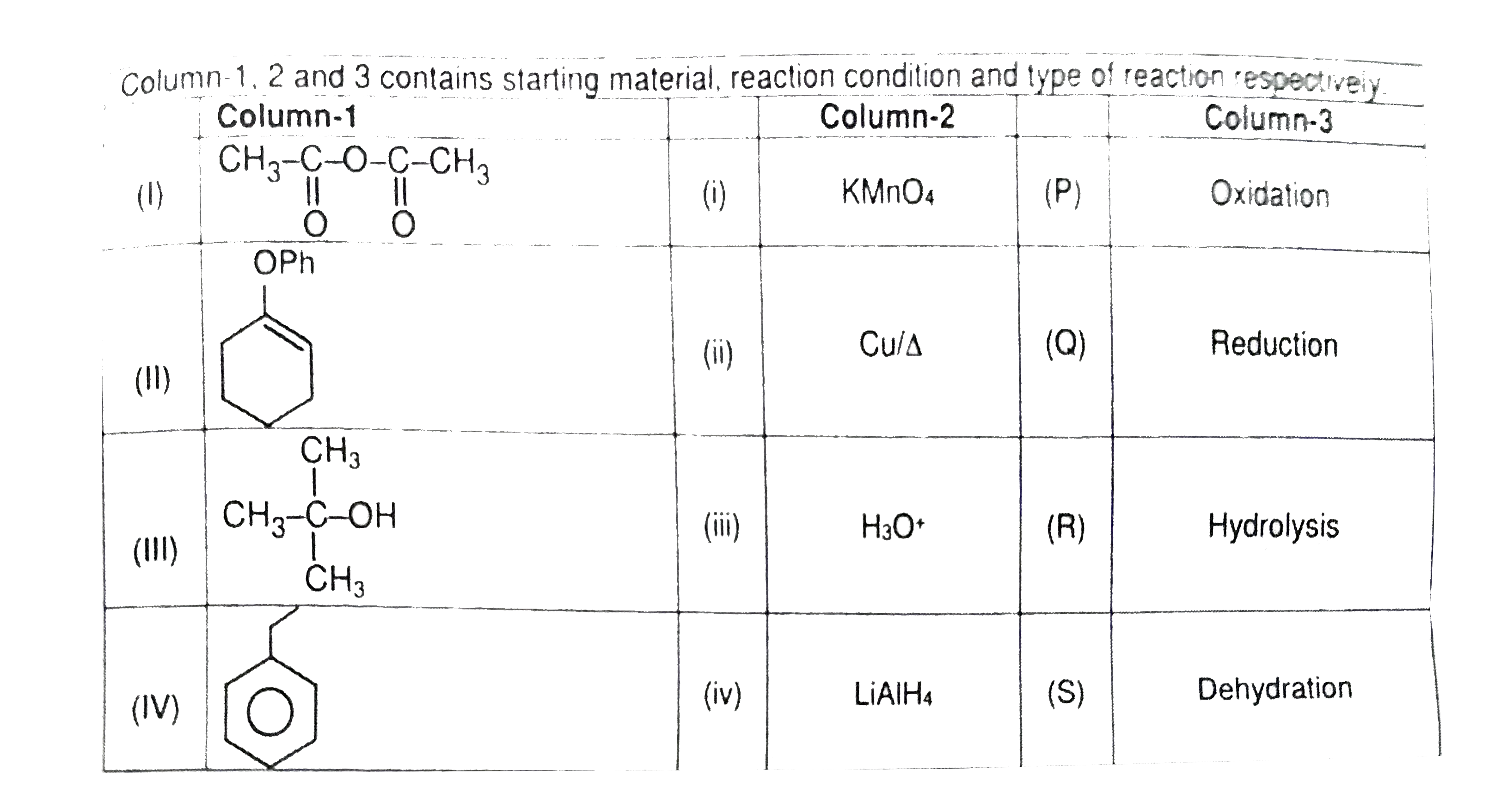Sodium bicarbonate has :
Ionic bond
Covalent bond
Hydrogen bond
All of these
The correct Answer is:D
To determine the types of bonds present in sodium bicarbonate (NaHCO3), we can break down the solution into the following steps:
Step 1: Identify the Chemical Formula
The chemical formula for sodium bicarbonate is NaHCO3.
Hint: Always start by writing down the chemical formula of the compound you are analyzing.
Step 2: Analyze the Ionic Bond
In sodium bicarbonate, sodium (Na) exists as a cation (Na⁺) and the bicarbonate ion (HCO3⁻) is an anion. The bond between Na⁺ and HCO3⁻ is an ionic bond.
Hint: Look for the presence of cations and anions in the compound to identify ionic bonds.
Step 3: Analyze the Covalent Bond
Within the bicarbonate ion (HCO3⁻), there are covalent bonds between the carbon (C) atom and the oxygen (O) atoms. Carbon has four valence electrons and forms covalent bonds by sharing electrons with oxygen.
Hint: Check the molecular structure of the ions to find covalent bonds, which involve sharing of electrons.
Step 4: Check for Hydrogen Bonds
Hydrogen bonds can form between molecules. In the case of sodium bicarbonate, if we consider two bicarbonate ions (HCO3⁻), the hydrogen atom (H) from one bicarbonate ion can form a hydrogen bond with the oxygen atom (O) of another bicarbonate ion.
Hint: Look for interactions between hydrogen atoms and electronegative atoms (like oxygen) in different molecules to identify hydrogen bonds.
Step 5: Conclusion
Based on the analysis, sodium bicarbonate (NaHCO3) contains:
1. Ionic bonds (between Na⁺ and HCO3⁻)
2. Covalent bonds (within the HCO3⁻ ion)
3. Hydrogen bonds (between HCO3⁻ ions)
Thus, the answer is that sodium bicarbonate has all three types of bonds: ionic, covalent, and hydrogen bonds.
Final Answer: Sodium bicarbonate has ionic, covalent, and hydrogen bonds.
---
The chemical formula for sodium bicarbonate is NaHCO3.
In sodium bicarbonate, sodium (Na) exists as a cation (Na⁺) and the bicarbonate ion (HCO3⁻) is an anion. The bond between Na⁺ and HCO3⁻ is an ionic bond.
Within the bicarbonate ion (HCO3⁻), there are covalent bonds between the carbon (C) atom and the oxygen (O) atoms. Carbon has four valence electrons and forms covalent bonds by sharing electrons with oxygen.
Hydrogen bonds can form between molecules. In the case of sodium bicarbonate, if we consider two bicarbonate ions (HCO3⁻), the hydrogen atom (H) from one bicarbonate ion can form a hydrogen bond with the oxygen atom (O) of another bicarbonate ion.
Based on the analysis, sodium bicarbonate (NaHCO3) contains:
1. Ionic bonds (between Na⁺ and HCO3⁻)
2. Covalent bonds (within the HCO3⁻ ion)
3. Hydrogen bonds (between HCO3⁻ ions)
Topper's Solved these Questions
- s-BLOCK ELEMENTSBOOK - VK JAISWAL ENGLISHCHAPTER - s-BLOCK ELEMENTSEXERCISE - Level 2
86 Videos
- s-BLOCK ELEMENTSBOOK - VK JAISWAL ENGLISHCHAPTER - s-BLOCK ELEMENTSEXERCISE - Level 3
49 Videos
- QUALITATIVE INORGANIC ANALYSISBOOK - VK JAISWAL ENGLISHCHAPTER - QUALITATIVE INORGANIC ANALYSISEXERCISE - SUBJECTIVE PROBLEMS
4 Videos
- TYPES OF REACTIONSBOOK - VK JAISWAL ENGLISHCHAPTER - TYPES OF REACTIONSEXERCISE - SUBJECTIVE PROBLEMS
42 Videos
Similar Questions
Knowledge Check
In Solvay ammonia process, sodium bicarbonate is precipitated due to
Apresence of NH3Breaction with CO2Creaction with brine solutionDreaction with NaOH.

The only correct combination in which product gives positive test with sodium bicarbonate is -
View SolutionA mixture of sodium bicarbonate and tartaric acid
View SolutionSodium bicarbonate reacting with dil. sulphuric acid
View SolutionThe number of moles of Sodium bicarbonate in 504 g is
View SolutionSodium bicarbonate reacts with salicylic acid to form
View SolutionCan sodium bicarbonate make water hard?
View SolutionIn an experiment on O2 evolution by photosynthesising Hydrilla plant, a pinch of sodium bicarbonate is added to water. The rate of photosynthesis or O2 evolution will
View Solution
